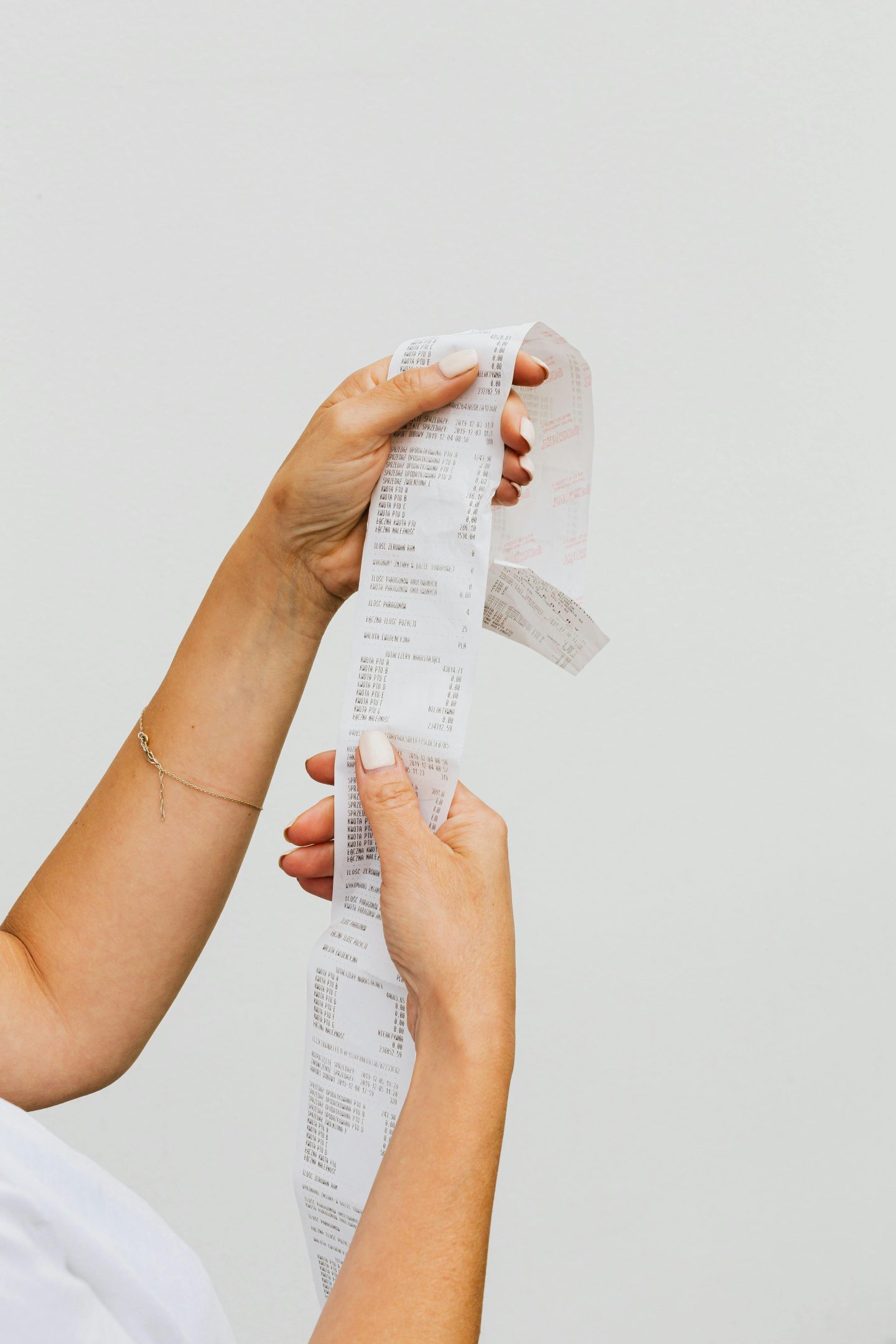Grocery shopping can be expensive, especially with rising food costs, but with a few strategic tips, you can save money without sacrificing flavor or quality.

Table of Contents
If you’ve ever walked into a grocery store with a budget in mind and walked out spending way more than planned, you’re not alone. Grocery shopping can be expensive, especially with rising food costs, but with a few strategic tips, you can save money without sacrificing flavor or quality. Whether you’re shopping for yourself or feeding a family, here’s how to maximize your grocery budget while still enjoying delicious, home-cooked meals.
1. Plan Your Meals in Advance
One of the best ways to cut grocery costs is to plan your meals ahead of time. Take inventory of what you already have in your pantry and fridge, then create a weekly meal plan based on those ingredients. This prevents unnecessary purchases and reduces food waste.
2. Make a Shopping List & Stick to It
Impulse purchases are one of the biggest reasons grocery bills add up quickly. Before heading to the store, create a detailed shopping list based on your meal plan. Sticking to your list helps you avoid buying items you don’t need and keeps your spending in check.
3. Set a Grocery Budget & Use Cash or a Prepaid Card
Determine how much you can realistically spend on groceries each week or month and challenge yourself to stick to it. Using cash or a prepaid card can help you stay accountable since you can’t go over your limit.
4. Shop Seasonal & Local
Buying in-season produce is not only fresher and tastier, but it’s often cheaper. Check out your local farmers’ market or grocery store sales for the best deals on seasonal fruits and vegetables.
5. Take Advantage of Sales & Coupons
Look for store discounts, digital coupons, and cashback apps to save on your grocery bill. Many stores have loyalty programs that offer exclusive discounts and rewards.
6. Buy in Bulk When It Makes Sense
Certain staple items like rice, pasta, beans, and frozen vegetables are more cost-effective when purchased in bulk. However, only buy bulk items if you’ll use them before they expire to avoid waste.
7. Compare Prices & Shop at Multiple Stores
Different stores have different pricing on groceries, so it might be worth shopping at more than one place to get the best deals. Compare unit prices instead of just looking at sticker prices to ensure you’re getting the best value.
8. Cook at Home More Often
Eating out frequently adds up quickly. Cooking at home not only saves money but also allows you to control ingredients, portion sizes, and nutrition. Try batch-cooking meals for the week to save time and avoid last-minute takeout.
9. Limit Convenience Foods & Pre-Packaged Items
Pre-cut fruits, pre-packaged meals, and individually wrapped snacks tend to be more expensive than their whole or bulk counterparts. Opting for whole ingredients and preparing your own meals can significantly cut costs.
10. Reduce Food Waste
Store your groceries properly to extend their shelf life. Freeze leftovers, use vegetable scraps for homemade broth, and repurpose leftovers to avoid throwing away food. The less you waste, the more you save!
Sticking to a grocery budget doesn’t mean you have to sacrifice delicious, nourishing meals. With a little planning, smart shopping habits, and creativity in the kitchen, you can eat well while keeping your grocery expenses under control. Try incorporating these tips into your next shopping trip and watch how much you save! Also, check out this Grocery Shopping Hacks blog post about how to stay organized and shop smarter.
Do you have any go-to budgeting tips for grocery shopping? Connect with me on Instagram and let me know!








